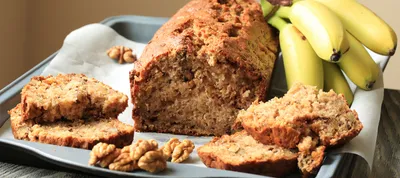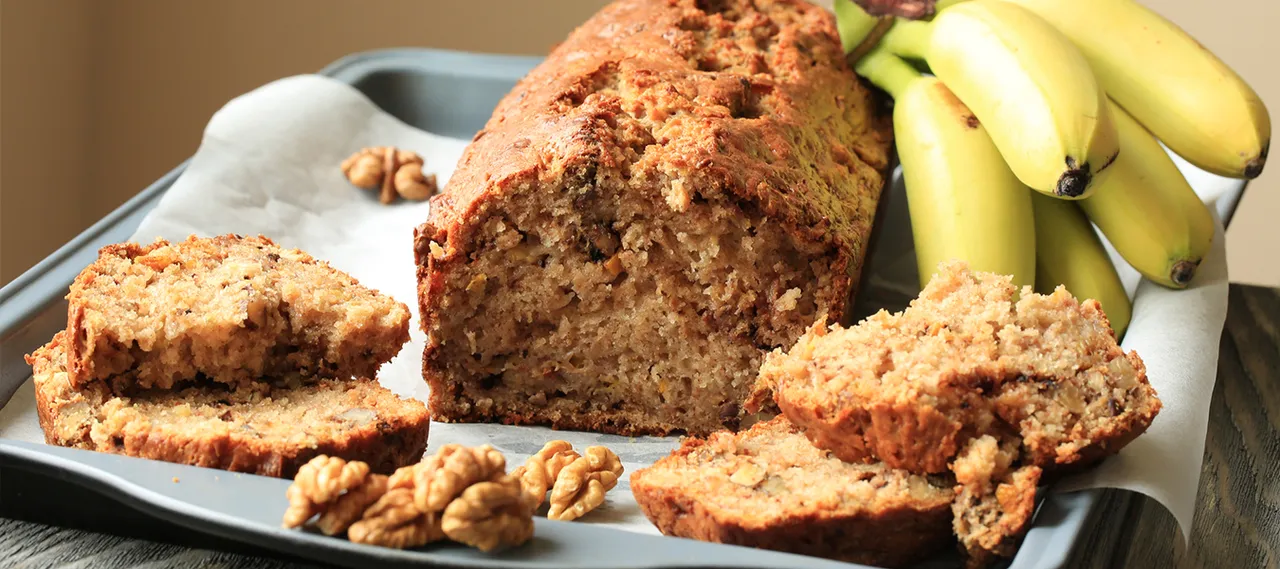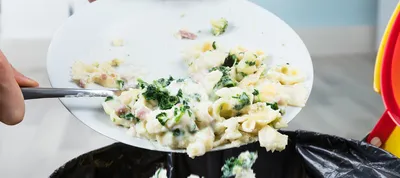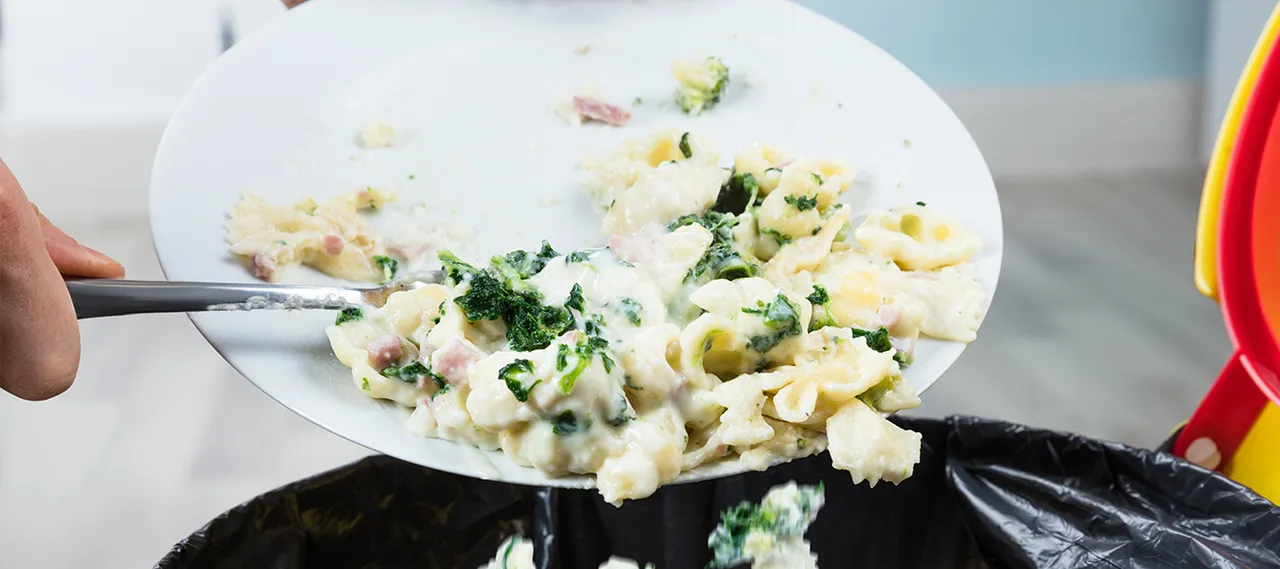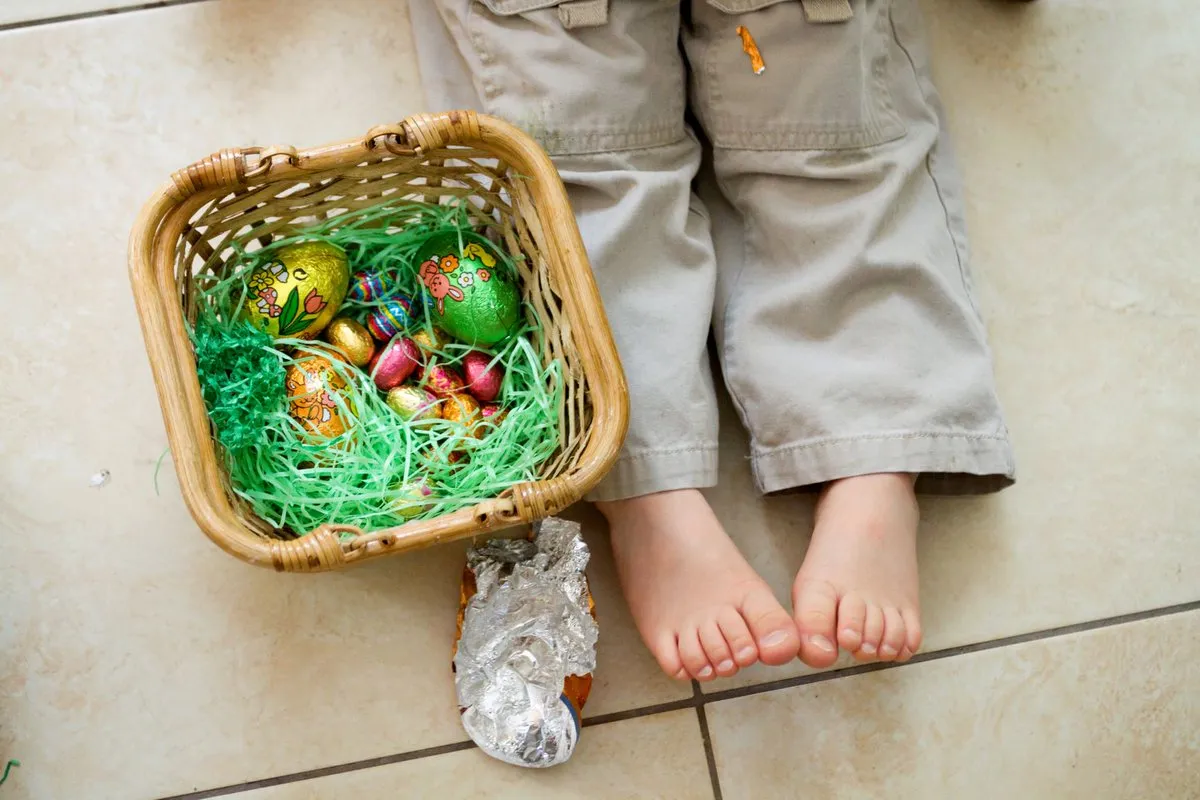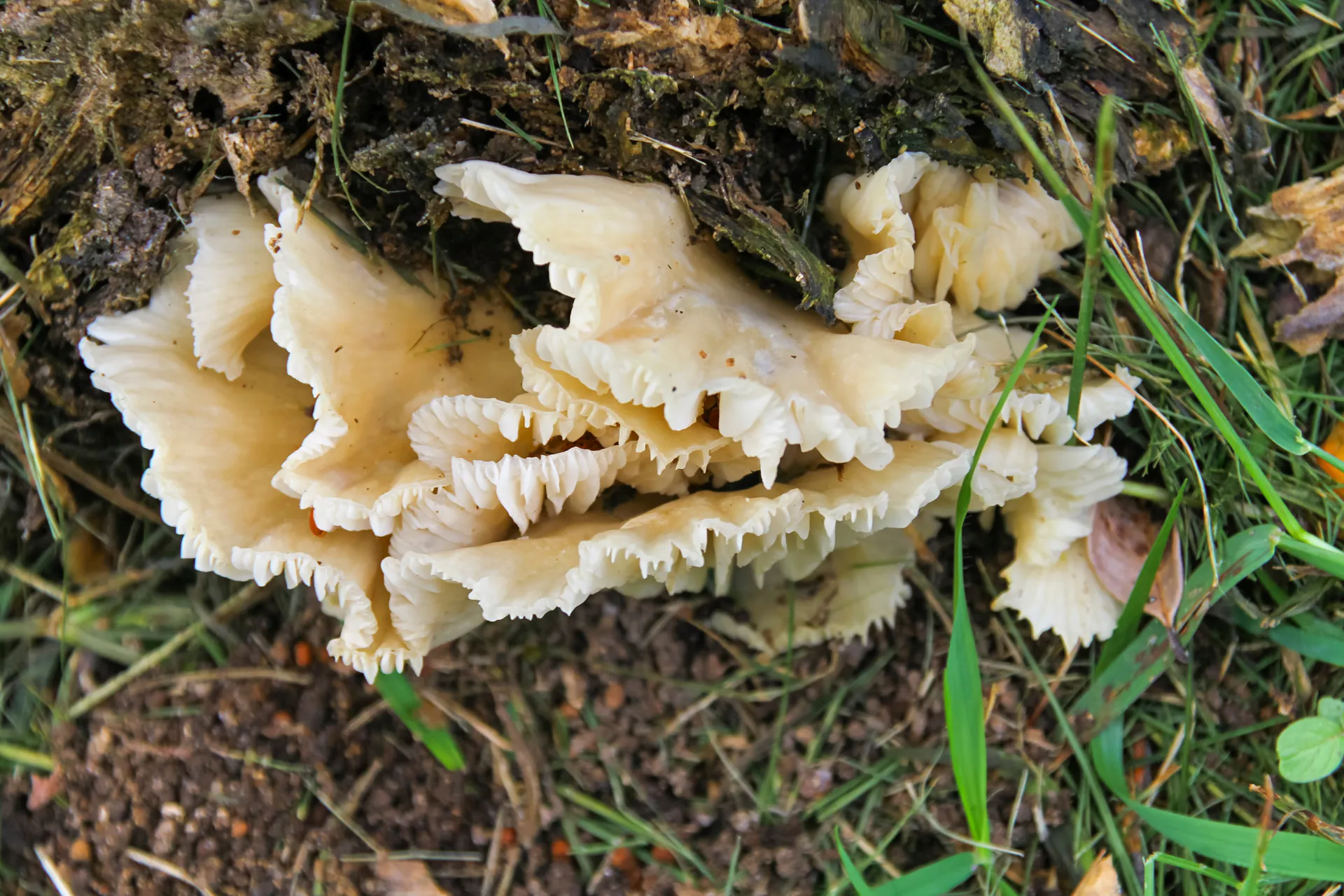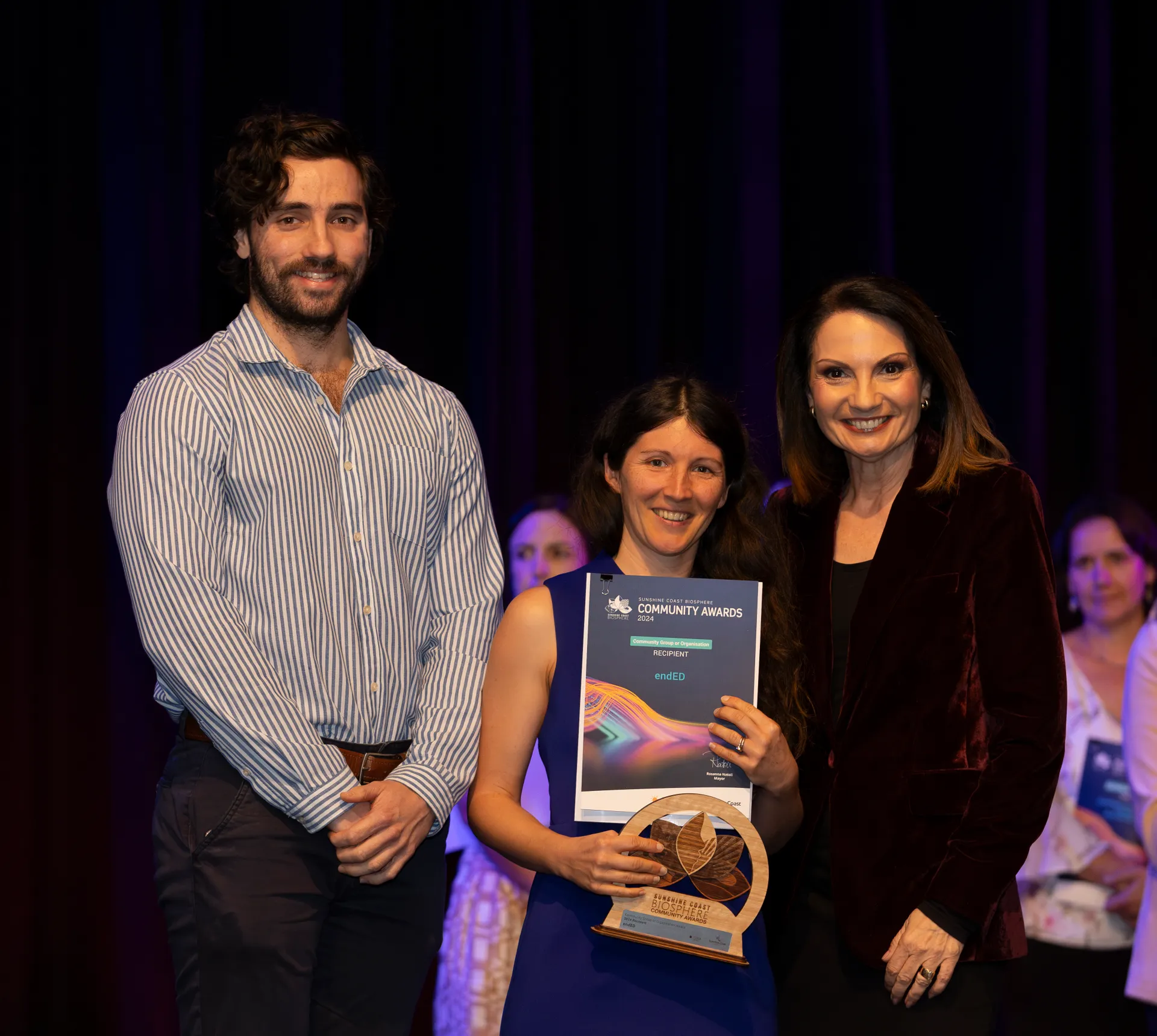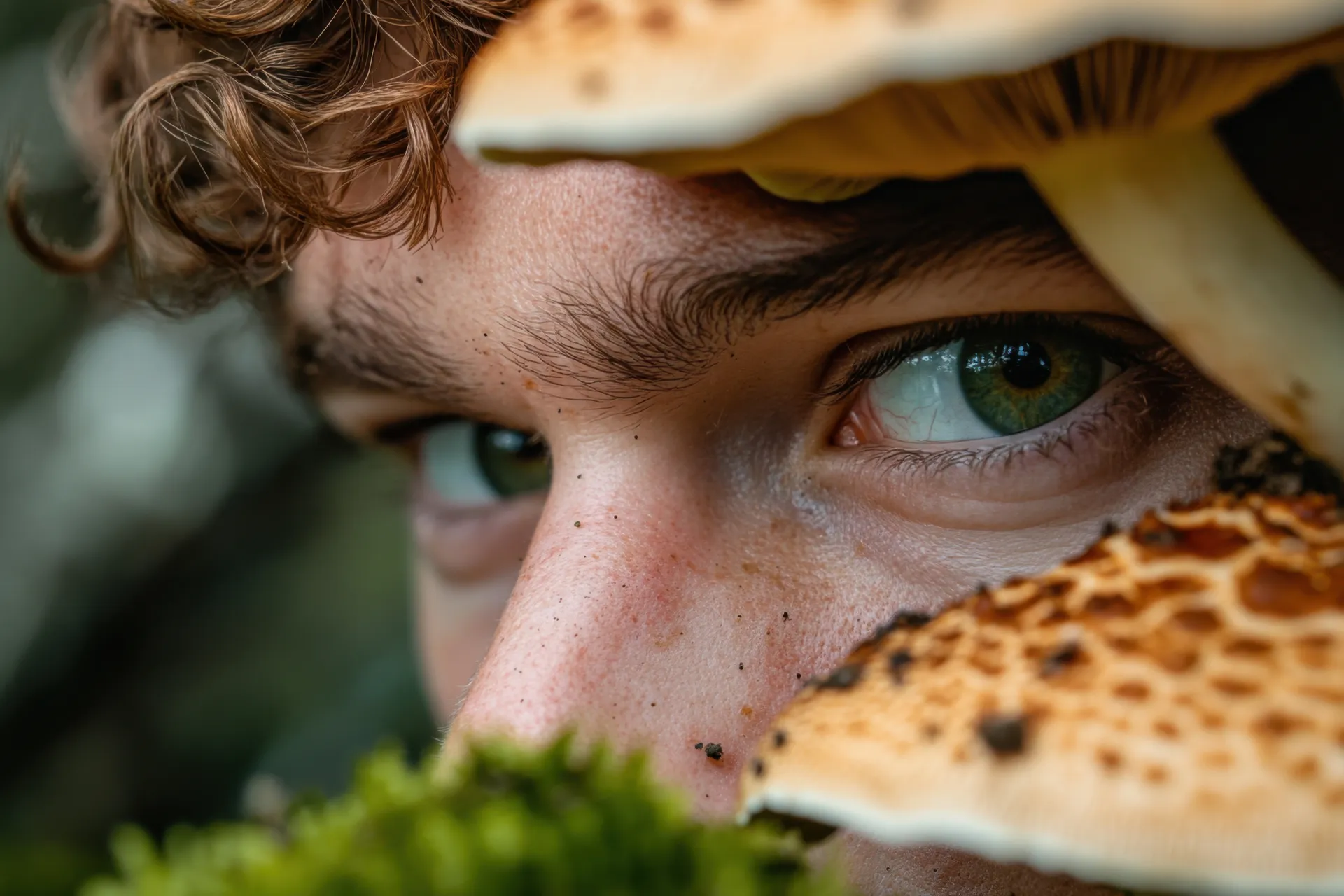How to introduce your child to craft
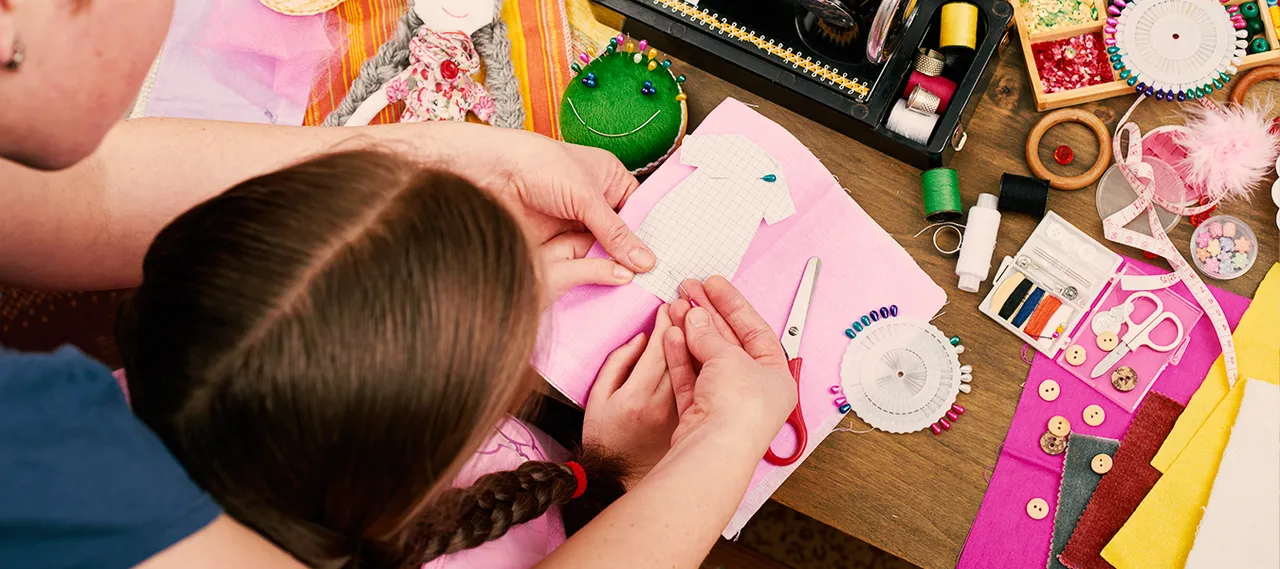
Introducing your child to craft can be a fun way to spend time together and enrich their natural creativity.
Google "craft for kids" and you'll find thousands of ideas to get you started including painting, drawing, sewing, needlework, pottery, paper crafts and card making.
A natural curiosity and desire to explore means kids can be introduced to craft at an early age. Toddlers can be taught basic finger painting with home-made paint made from flour, water and natural food dyes. Young children can be shown how to make cards for special occasions.
Most kids are open to learning some type of craft activity. The following behaviours indicate it might be a good time to introduce craft to their play:
- they are exploring textures like fabrics on their own;
- they show an interest in the creative pursuits of others; or
- they spend their free doing creative activities such as painting, drawing or building things
Take advantage of a child's interest in texture by introducing them to crafts that use fabrics such as felt creations or basic sewing (depending on their age). Explore tactile activities where they can use their hands to create or mould such as pottery, playdough or FIMO clay.
Observe your child's interests and find relevant activities that suit their age. We've come up with a bunch of crafty ideas to get you started below.
Besides bringing out your child's natural creativity, arts and crafts teach problem solving skills, improve dexterity and help with concentration. A study by parenting.com also found that crafting encourages visual processing skills such as pattern recognition that are critical to development in other areas such as maths and reading.
A new interest might also be the perfect antidote to screen addiction!
Learning and having fun
Crafty projects are an excellent way to teach your child about the process of learning, that learning a new skill doesn't come instantly and takes time and patience.
It is helpful if you can demonstrate how to do the activity and work with the child until they understand what to do. Then, give them the freedom to explore and come up with their own creative methods and solutions. That's the fun (and sometimes messy) part!
Many young children will mirror the activities of their parents so exploring your own creative passions will help them to try different things.
Mess anxiety?
If you're anxious about craft making a mess in the house, you're not alone. Try establishing a craft table or corner with a table and chairs and set up craft supplies there. Use drop sheets (or an old piece of vinyl/lino flooring) to protect the floor and cover the table with an old plastic tablecloth that can be wiped over. Encourage your child to confine their craft activities to that one area.
Alternatively, take craft outside to a deck or grassy area where the kids can have free rein.
Overcoming frustration
It's inevitable that some children will become frustrated along the way. If your child gives up in frustration, that's ok. Let them walk away but gently encourage them to return when they are ready. They will generally do that in their own time.
Activities that suit one person won't suit another so it's just about exposing children to loads of options so they can naturally find their own interests.
Fun ideas to get you started
You don't need to spend a lot of money to find inspiration for kids crafts and there are loads of ideas for using recycled or upcycled materials. Check out 33 eco-friendly crafts for kids for some super fun DIY activities. You can also try:
- Origami (Easy peasy and fun has 20 easy projects, complete with video tutorials)
- Other paper crafts such as card making or scrapbooking (check out simple summer scrapbooks or your local craft shop for ideas)
- Felt craft projects (see fun felt crafts for kids or beautiful felt craft ideas for kids)
- Basic sewing such as these simple and fun sewing projects for kids 3-8 years old
- Cross stitch or embroidery kits are generally sold with age ranges in mind and are available at Spotlight or your local craft shop. It's also helpful to have someone around who has experience with these crafts to help troubleshoot
- Items that can be displayed around the home like door signs, mobiles or dream catchers (buy a kit online or check out these gorgeous DIY dreamcatchers)
- FIMO soft modelling clay
- Jewellery making or beading (for older children), Jewellery crafts for kids has some really pretty designs suitable for a range of ages
- Nature crafts such as these Seashell craft ideas
